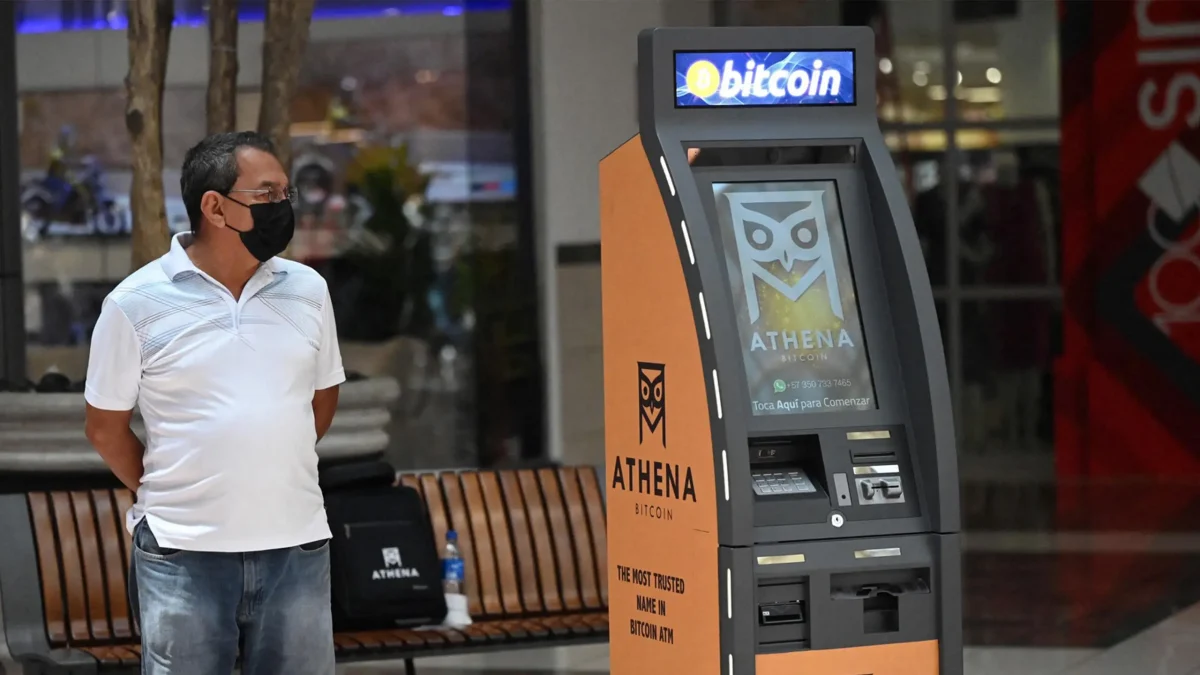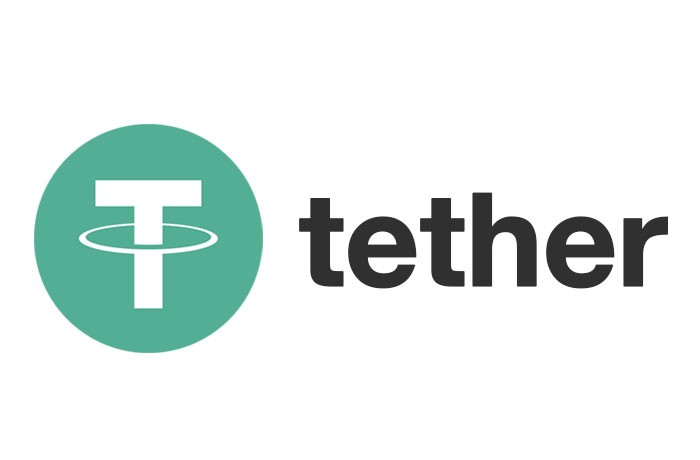I must say I have been a skeptic towards cryptocurrencies for a while and at times I would strongly advocate for why they make no sense. However, after hearing more about cryptocurrencies as a disruptive technology during our lectures I realised I should maybe give them a chance and try to understand cryptocurrencies further. When reading into them I took interest in the use of cryptocurrencies as macroeconomic instruments in some of the world’s developing regions.
El Salvador has definitely taken the spotlight amongst countries that have adopted cryptocurrencies, specifically bitcoin, on a national level.
In 2001 the country went through a major economic restructuring with the US dollar replacing their Salvadoran Colon. This left many lower income households in confusion and then exactly 20 years later they are faced with a major change to their country’s monetary landscape (link). In June 2021 the country’s president passed the “bitcoin law”, making the digital currency Bitcoin a legal tender (link). Since then, it has been unclear to what extent this adoption has been a success, where many say it was a complete flop.
Only a year after the passing of the Salvadoran Bitcoin Law, the majority of the population were fueled with doubt when posed with the idea of bitcoin (link). The digital wallet that was launched by the country – Chivo Wallet posed significant drawbacks to do with traceability and fraud. The Chivo Wallet is a custodial wallet which means that a third party has custody of private keys on behalf of the users (link). This meant that although transactions were verified through Chivo wallet, identities were not, which led to the risk of fraud and identity theft (link).
With the national authorities failing to mobilize the adoption of bitcoin, residents that had initially invested in Bitcoin in 2021 found themselves with bitcoin that had almost halved in value. This is since cryptocurrencies in its nature are highly volatile where its value is mostly derived from how people value it (link).
Since then many countries have hopped on a new boat of a more stable alternative called “stable coin” which is essentially a more stable cryptocurrency. To reduce the volatility that cryptocurrencies such as Bitcoin face, these stable cryptocurrencies are based on tokens that are flagged to the value of a fiat currency, assets or another cryptocurrency (link). Nigeria is a country that has also gone through the adoption of cryptocurrency and is now looking towards a rapid rise in stable coins. Given the reputation of Nigeria’s Naira, a USD backed stable coin assures users of price stability. It also allows users a higher ease of access to the USD. On a more macro level, when residents have access to a USD backed stable coin they are less likely to be exposed to inflation within the country (link).
With technologies under Web3 still being relatively contemporary, countries and individuals are still researching the implications of these digital technologies as financial and economic instruments. Going forward their success will largely depend on appropriate governance and public trust.





